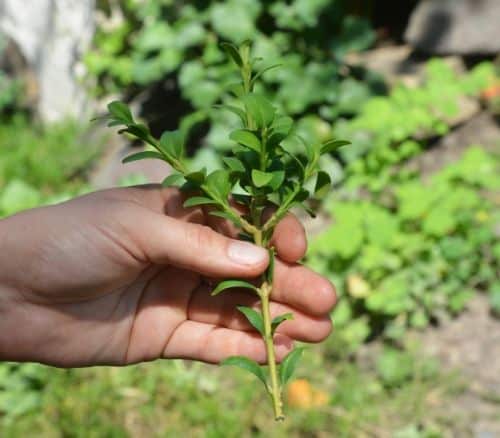Autumn tasks to keep you one step ahead of the chill
Autumn certainly is, as the poet Keats proclaimed, the season of mists and mellow fruitfulness. There’s a real pleasure in outdoor work as summer turns to autumn and it starts to get chilly. And there’s so much to do to prepare for winter.
Preparation
You should start moving tender perennials, containers and vulnerable plants under cover or into protected spaces before the first frost bites. It’ll save a lot of heartache later. Remember to keep those containers watered. Cut back perennials to ground level as they die down to keep borders neat but don’t go mad – stems, dead leaves and seed heads can look attractive after a dusting of frost.
Dead growth also protects plants from cold and provides shelter for hibernating insects. Keep a sharp eye out for self-sown seedlings. These can be potted up and stored in a greenhouse or porch until spring. Seeds can be collected and stored in small freezer bags.
Keep dead-heading plants that still have some life in them to prolong flowering for as long as the weather permits. It helps to lay mulch to keep warmth in the soil and protect roots and plants. Remove weeds first – perennials can be treated with a dab of weedkiller if you can’t pull them out completely.
David’s Top Tip
Save your cream cartons and yoghurt pots, clean them up, poke a hole in the bottom and use them as seedling pots next year.
Growth
Check tree ties, secure stray shoots or branches that might be vulnerable to wind. And check supports and trim climbers to avoid damage. Now is also a good time to cut back deciduous hedges that may have got out of hand. Take off 4-6in more than where you want it to grow back to, leaving space for dense growth.
If you’ve got a greenhouse, cold frame or garage, this is a great time to sow sweet peas to be planted in spring. Make paper tubes from newspaper wrapped round a rolling pin. Pack the tubes into a seed tray vertically, then fill with potting compost and sow two seeds per tube.
When seedlings emerge, you can remove the weaker plant to give the stronger more room. These will be ready for planting in March. Just stick the tubes straight into the ground when you’re ready and the paper will disintegrate in the soil. If you’ve got alpines or a rockery, replenish lost gravel and remove dead leaves. Trim back straggly plants and, if necessary, invest in cloches to protect your most vulnerable specimens.
After borders, it’s time for the lawn. It’s one of the most back-breaking jobs in the garden but raking leaves can be incredibly satisfying. If you leave them, they block light, causing patches of grass to die. You can also apply autumn lawn food to help the roots. Once you’re done, your garden will look great and you’ll have a warm, satisfied glow.



Leave A Comment